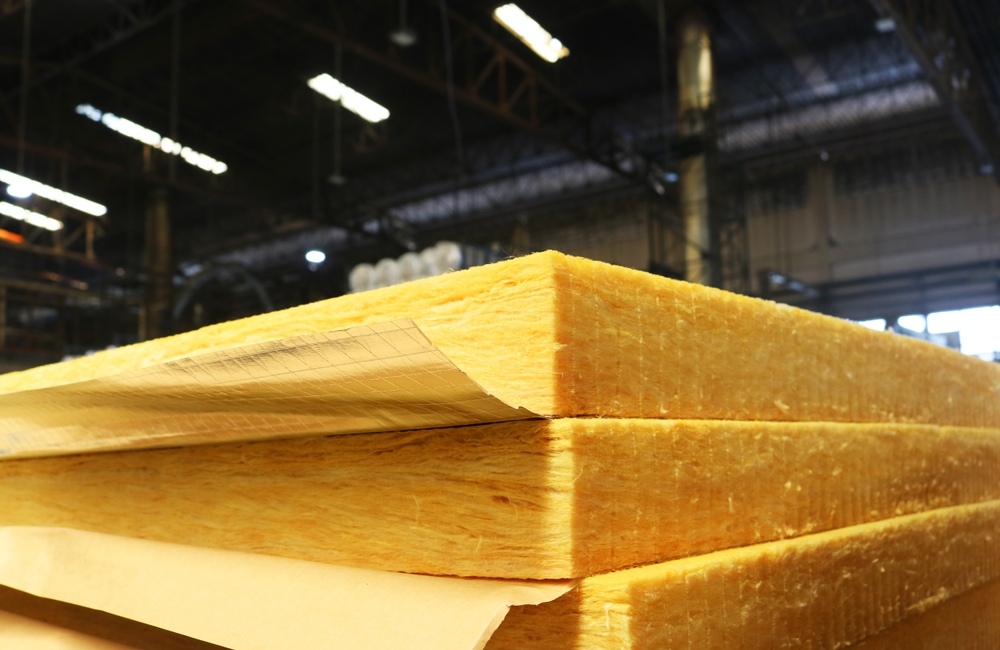Proper insulation is crucial for maintaining energy efficiency and comfort in your home. If you’re planning to insulate a 1,000-square-foot area, determining the number of insulation bags required depends on several factors, including the type of insulation, desired R-value, and application method. This guide will help you estimate the amount of insulation needed for your project.
Understanding R-Value and Its Importance
R-value measures an insulation material’s resistance to heat flow; the higher the R-value, the better the insulating power. The recommended R-value varies based on climate and the specific area of your home you’re insulating. In warmer climates like Louisiana, the U.S. Department of Energy suggests the following R-values:
- Attics: R-30 to R-49
- Walls: R-13 to R-15
- Floors: R-13 to R-19
Selecting the appropriate R-value ensures optimal energy efficiency and comfort in your home.
Factors Influencing the Number of Insulation Bags
Several factors affect the quantity of insulation bags required:
- Type of Insulation: Common types include fiberglass, cellulose, and spray foam, each with different coverage rates per bag.
- Application Area: Walls, attics, and floors have varying insulation requirements.
- Desired R-Value: Higher R-values necessitate more insulation material.
- Insulation Density: The compactness of the insulation affects coverage; denser materials cover less area per bag.
Estimating Insulation Bags for Different Materials
When planning an insulation project, it’s important to estimate the right amount of material to ensure proper coverage and efficiency. Various insulation types have different densities and coverage rates, affecting how many bags or units are needed. Here’s a general estimation for a 1,000-square-foot area based on common insulation materials and desired R-values:
Fiberglass Insulation
Fiberglass insulation is popular due to its affordability and effectiveness. Coverage varies by manufacturer, but on average:
- R-30: Requires approximately 13 bags, with each bag covering about 77 square feet at 10.25 inches thickness.
- R-38: Requires approximately 17 bags, with each bag covering about 59.5 square feet at 12.75 inches thickness.
Note: Coverage per bag can vary; always refer to the manufacturer’s specifications.
Cellulose Insulation
Cellulose insulation, made from recycled paper products, is known for its eco-friendliness and excellent coverage:
- R-30: Requires approximately 43 bags, with each bag covering about 23.4 square feet at 9.3 inches thickness.
- R-38: Requires approximately 56 bags, with each bag covering about 18 square feet at 11.6 inches thickness.
Note: These estimates are based on standard 30-pound bags; actual coverage may vary.
Spray Foam Insulation
Spray foam insulation offers superior air sealing properties but is more expensive. Coverage depends on the product’s yield and application thickness. It’s best to consult with a professional installer for accurate estimations.
Steps to Calculate Your Insulation Needs
- Determine the Area: Measure the length and width of the space to calculate the total square footage.
- Select the Desired R-Value: Based on your climate and the area being insulated.
- Choose the Insulation Type: Consider factors like budget, performance, and installation method.
- Refer to Manufacturer Specifications: Check the coverage per bag for your chosen insulation to determine how many bags are needed.
Conclusion
Accurately estimating the number of insulation bags required for a 1,000-square-foot area involves understanding the desired R-value, selecting the appropriate insulation type, and consulting manufacturer guidelines. Proper insulation not only enhances comfort but also leads to significant energy savings.
For personalized advice and professional insulation services in the New Orleans area, contact Laplace Insulation. Our experts are ready to help you choose the best insulation solution for your home. Call us at (504) 386-5388 or visit our website to schedule a free consultation.

